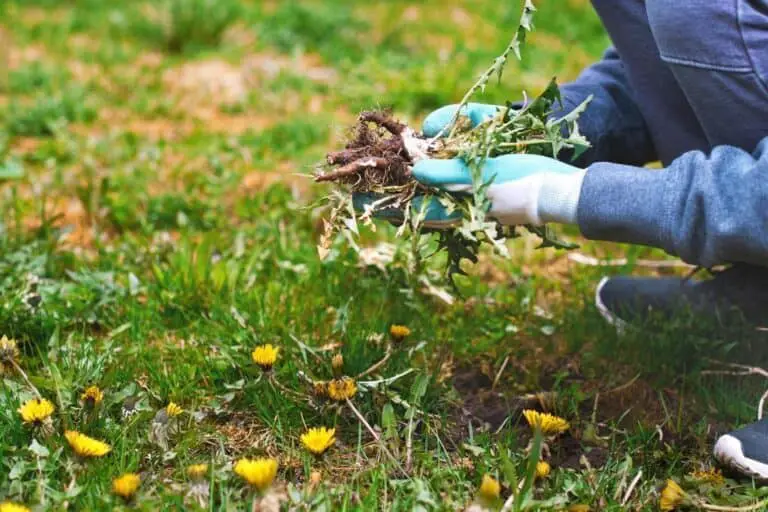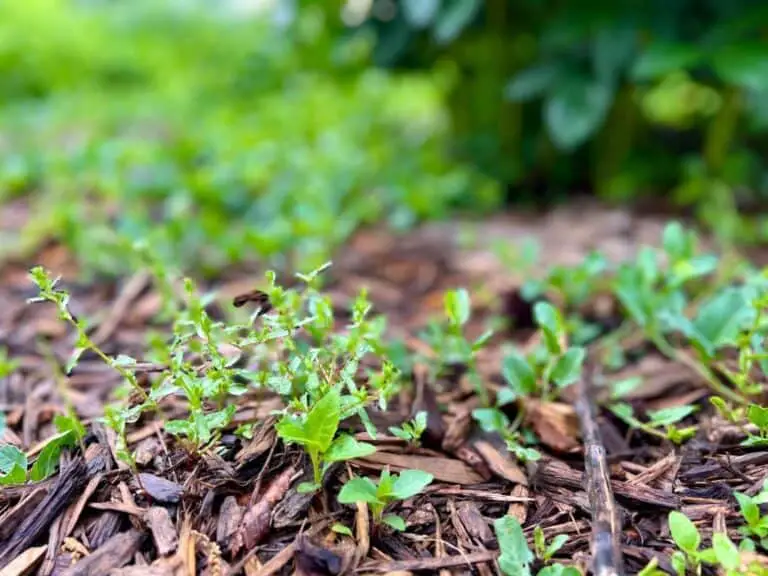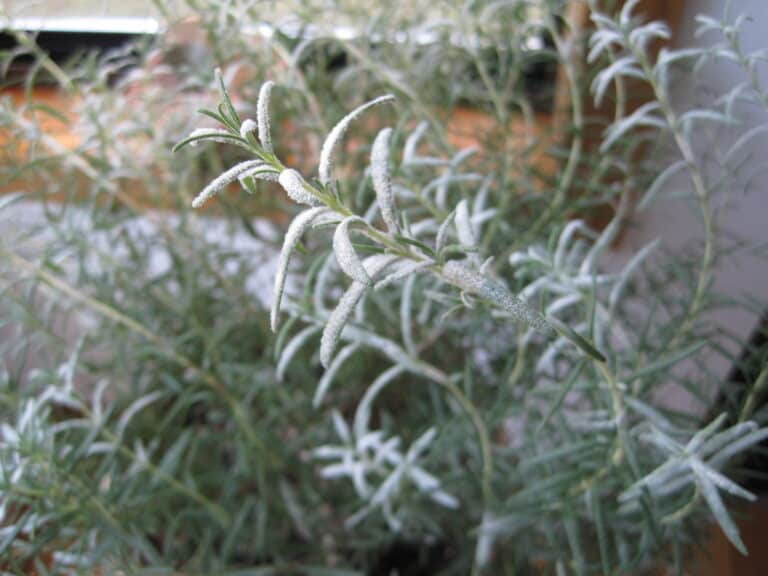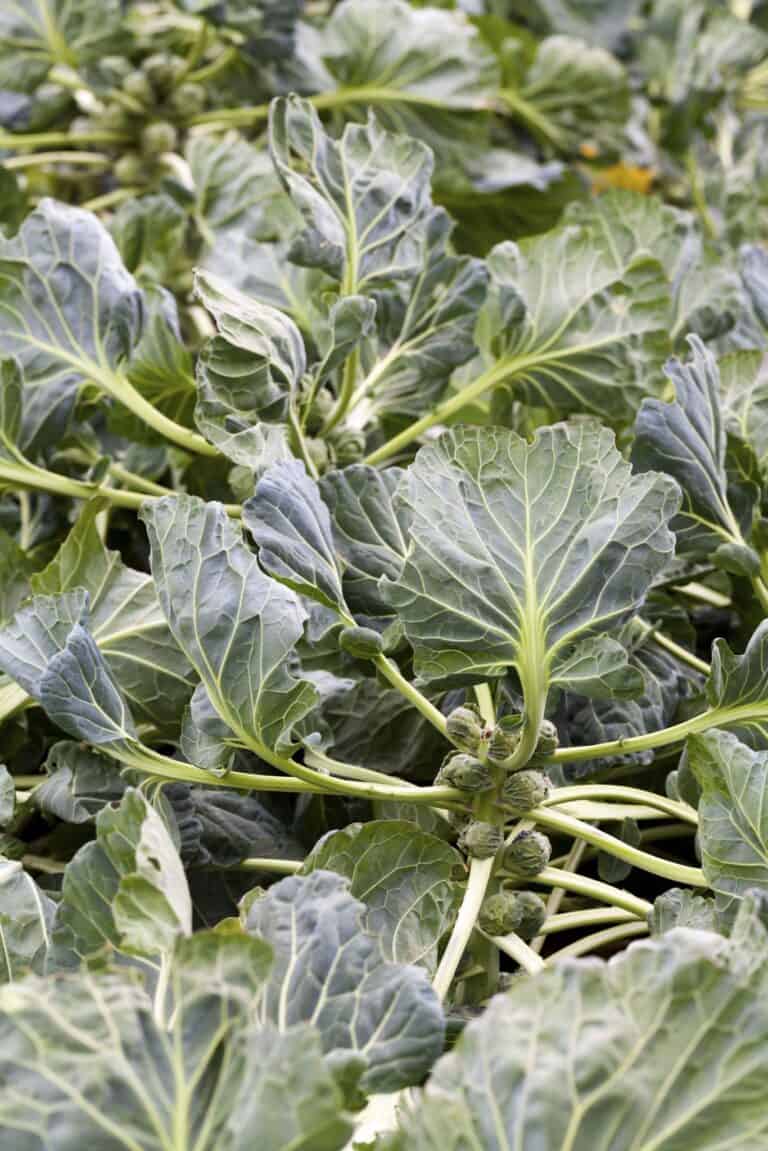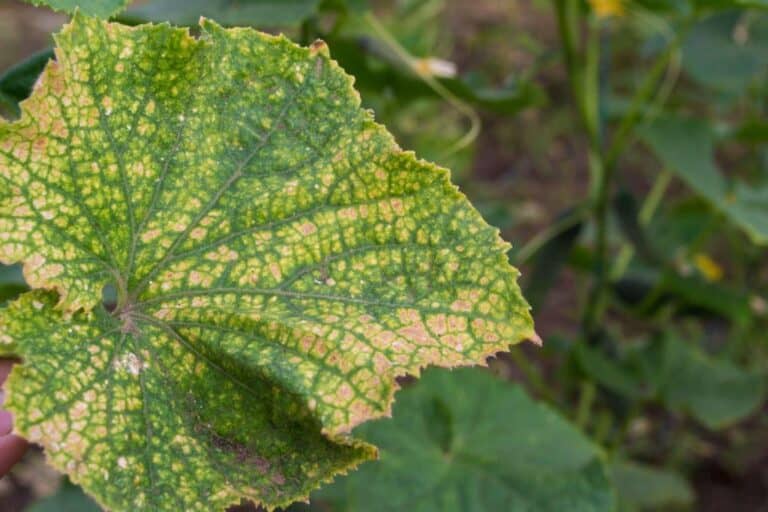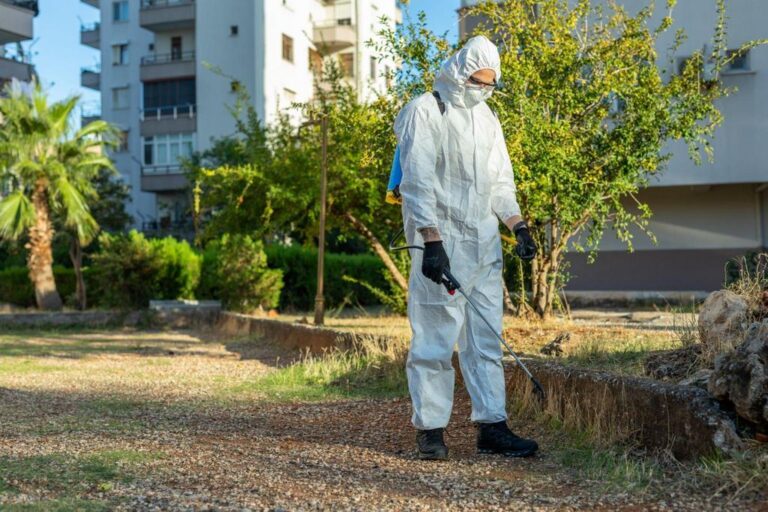Pulling Weeds vs. Spraying Weed Killer: Explore the Effectiveness
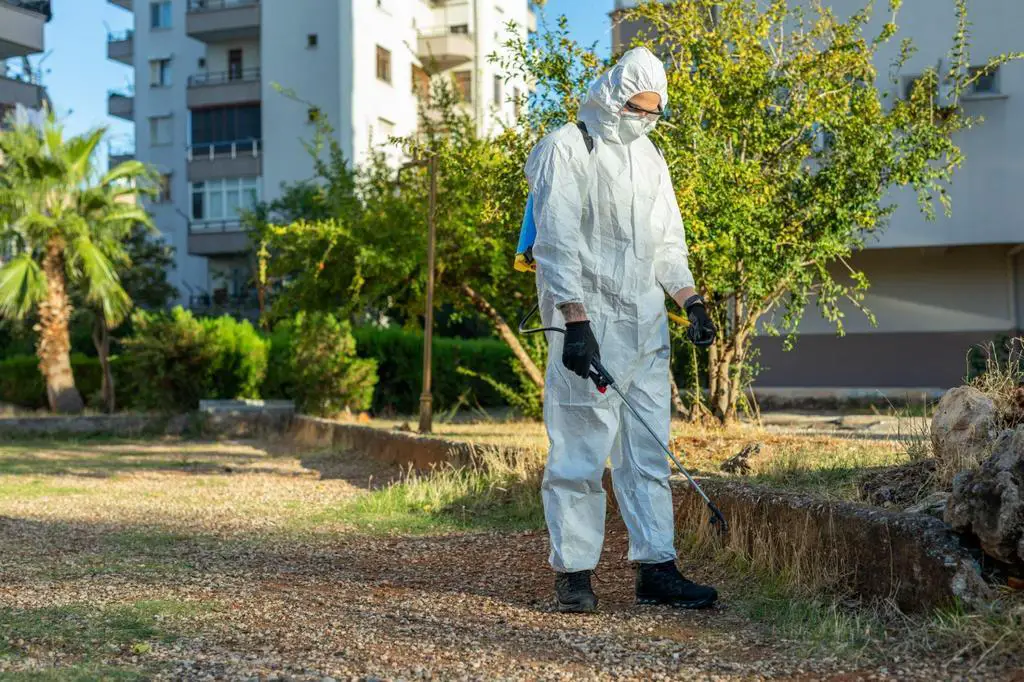
Weeds. Those pesky plants that seem to pop up everywhere, spoiling the beauty of our gardens and lawns. Dealing with weeds can be a tiresome task, but fortunately, there are a couple of common methods for eliminating them: pulling weeds by hand or using weed killer sprays.
But what’s the most effective method? Should you roll up your sleeves and start pulling weeds by hand, or is it better to reach for a bottle of weed killer?
In this article, we’ll explore the effectiveness of pulling weeds versus spraying weed killer, weigh the pros and cons of each method, and provide insights to help you make an informed decision.
Get ready to embark on an adventure where we’ll dig deep, spray smart, and separate the weed warriors from the weekend warriors. It’s time to explore the effectiveness of pulling weeds versus spraying weed killer. Let’s get our hands dirty and find out which method comes out on top. Are you with us? Let’s dive in!
Pulling Weeds: The Hands-On Approach
When it comes to removing weeds manually, the age-old method of pulling them by hand is often the go-to choice for many gardeners. There’s something satisfying about getting your hands dirty and taking control of the situation. So let’s explore the effectiveness of this hands-on approach.
Pros of Pulling Weeds
- Precision targeting: By pulling weeds manually, you have the advantage of directly targeting individual plants. This method allows you to identify the weed at its root, ensuring thorough removal.
- Environmental friendliness: Pulling weeds by hand is an eco-friendly option, as it eliminates the need for chemical herbicides that may harm beneficial insects and contaminate the soil.
- Cost-effective: All you need to pull weeds is a good pair of gloves and some basic garden tools. It’s a budget-friendly option that doesn’t require ongoing purchases.
Cons of Pulling Weeds
- Labor-intensive: Pulling weeds can be physically demanding, especially if you have a large area to tend to. It requires bending, kneeling, and spending significant time on your hands and knees. It can be more difficult to pull weeds in wet conditions than in dry conditions. Some people even think that pulling weeds is a waste of time.
- Incomplete removal: While pulling weeds may eliminate the visible portion of the plant, there’s a risk of leaving behind small root fragments that can regrow, requiring further attention.
- Time-consuming: Manual weed removal can be a time-consuming task, especially if you have a busy schedule or a vast area to cover. It requires patience and persistence to ensure effective weed control.
Spraying Weed Killer: The Chemical Solution
For those seeking a more efficient and time-saving approach, weed killer sprays offer a convenient solution. Let’s dive into the effectiveness of using chemical herbicides to combat weeds.
Pros of Spraying Weed Killer
- Ease of use: Weed killer sprays are designed for simplicity and ease of application. With just a few sprays, you can cover a large area, making it an efficient option for those with limited time.
- Comprehensive coverage: Unlike pulling weeds, which may accidentally miss certain plants, spraying weed killer allows for broad coverage, targeting both visible weeds and their roots.
- Fast results: Chemical herbicides often work quickly, showing visible results within days. This rapid action can provide immediate relief and help maintain a weed-free environment.
Cons of Spraying Weed Killer
- Potential environmental impact: Weed killer sprays contain chemicals that may harm beneficial insects, pollinators and even contaminate groundwater if not used responsibly. Care must be taken to minimise their impact on the environment.
- Limited precision: While sprays offer comprehensive coverage, they can also affect surrounding plants if not applied with caution. Overspray or drift can harm desirable vegetation, requiring careful application.
- Cost consideration: Although initially affordable, the cost of purchasing weed killer sprays can accumulate over time, particularly if you have a large area that requires frequent treatments.
Types of Herbicides for Weed Killer Spray
When it comes to weed killers, there are different types available on the market. The choice depends on the specific weed problem and the desired level of control. Here are some common types of herbicides:
| Type of Herbicide | Description |
| Pre-emergent | Applied before weeds emerge, it prevents their germination. |
| Post-emergent | Applied after weeds have already grown, targeting actively growing plants |
| Selective | Designed to target specific types of weeds while sparing desirable plants |
| Non-selective | Kills any plant it comes into contact with, regardless of the species. |
| Systemic | It killed the plant from within after ingesting the weed and dispersing throughout it. |
| Contact | Kills only the parts of the plant it directly contacts. |
Understanding the different types of herbicides and their specific uses can help you choose the most appropriate one for your weed control needs.
Pulling Weeds vs. Spraying Weed Killer: Effectiveness Comparison
To further compare the two methods, let’s take a closer look at their effectiveness in different scenarios:
| Scenario | Pulling Weeds | Spraying Weed Killer |
| Weed Density | This method is most effective for small to moderate weed infestations. It allows for precise targeting of individual weeds, ensuring thorough removals. However, in areas with dense weed populations, it may become laborious and time-consuming. | When dealing with larger areas or dense weed populations, spraying weed killer provides better coverage and control. It can effectively target removals, multiple weeds simultaneously, making it a more efficient option in these scenarios. |
| Perennial Weeds | Perennial weeds, which have deep and persistent root systems, can be challenging to eradicate by pulling alone. There is a higher risk of leaving behind root fragments, leading to regrowth. However, hand-pulling can still be effective if done meticulously, ensuring complete removal of the entire root system. | Spraying weed killer directly on perennial weeds can be highly effective. The chemical herbicide can penetrate deep into the root system, effectively killing the entire plant and preventing regrowth. |
| Annual Weeds | Annual weeds, which germinate from seeds each year, are generally easier to remove by hand-pulling. They have shallow root systems, making them more susceptible to manual removal. Pulling weeds before they have a chance to spread and set seeds can help prevent future weed growth. | While spraying weed killer can still be effective for controlling annual weeds, hand-pulling is often sufficient for managing them in smaller areas. The convenience of spraying weed killer may be more suitable for widespread annual weed problems or when time is a constraint. |
| Time Constraints | Pulling weeds by hand can be a time-consuming task, especially if you have a large area or numerous weeds to address. It requires patience and persistence to ensure effective weed control. | If you have limited time and need a quick solution, spraying weed killer can be a time-saving option. With just a few sprays, you can cover a large area, providing efficient weed control in a shorter period of time. It is not too late when spraying for weeds. |
| Weed Types | Different weeds have varying characteristics, including root systems and growth habits. While some weeds have shallow roots and are simple to pull out by hand, others have taproots or rhizomes that make them challenging to completely uproot. Assessing the types of weeds in your garden will help determine the most effective method for removal. | Spraying weed killer can effectively target a wide range of weed types, regardless of their root systems. It provides comprehensive coverage, ensuring that both visible weeds and their roots are targeted and eliminated. |
Considering these scenarios can help you determine which method, pulling weeds or spraying weed killer, would be more effective for your specific weed control needs. Keep in mind that a combination of both methods may also be suitable, depending on the size of the area, weed density, and types of weeds present.
Integrated Weed Management: Combining Methods for Optimal Control
While pulling weeds and spraying weed killer are often seen as separate methods, they can be integrated to create a comprehensive weed management plan. Integrated weed management involves combining multiple approaches to achieve optimal control. By using a combination of pulling weeds, spot treating with herbicides, and implementing preventive measures, you can create a more effective and sustainable weed control strategy.
Here are a few examples of how pulling weeds and using weed killer can be integrated:
- Spot treatment after pulling: After pulling weeds manually, you can apply herbicide selectively to the remaining weed fragments or regrowth. This helps ensure that any missed or hard-to-reach weeds are effectively controlled.
- Preventive herbicide application: If you have a history of recurring weed problems in specific areas of your garden or landscape, you can use a pre-emergent herbicide to prevent weed seeds from germinating. Combine this with regular manual weeding to address any weeds that manage to emerge.
- Selective herbicide application: Instead of blanket spraying the entire area, selectively apply herbicide only to the weeds, sparing desirable plants. This approach minimises herbicide use and reduces the risk of unintended damage.
By integrating different weed control methods and tailoring them to your specific needs, you can achieve better long-term weed management results while reducing reliance on any single method.
Tips for Effective Weed Control
Regardless of whether you choose to pull weeds or use weed killer sprays, here are some additional tips to enhance the effectiveness of your weed control efforts:
- Timing is key: It’s important to tackle weeds when they are young and have not yet gone to seed. This helps prevent them from spreading and germinating new weeds. Regularly inspect your garden and address weed growth promptly.
- Prepare the soil: Before planting, ensure your soil is well-prepared and free of weeds. Remove any existing weeds or use a pre-emergent herbicide to prevent weed seeds from germinating.
- Mulch for suppression: Apply a layer of organic mulch, such as wood chips or straw, around plants and in garden beds. Mulch helps suppress weed growth by blocking sunlight and preventing weed seeds from reaching the soil. It’s better to pull weeds before mulching for the effective mulching benefits above.
- Maintain healthy plants: Strong, healthy plants are more resistant to weed competition. Provide proper nutrition, water, and care for your plants to promote their vigour and minimize weed intrusion.
- Regular maintenance: Dedicate time to regular garden maintenance, including weddings, to stay ahead of weed growth. Consistency is key to preventing weeds from establishing a strong presence.
- Targeted weed removal: When pulling weeds by hand, make sure to grip the weed close to the ground and pull gently but firmly to remove the entire root system. Use a weeding tool for deep-rooted weeds to ensure complete removal.
- Spot treat with herbicides: If you opt for weed killer sprays, consider spot treating instead of blanket applications. This helps minimise the use of chemicals and reduces the risk of harming desirable plants.
- Read and follow instructions: Always read and follow the instructions on herbicide labels carefully. Pay attention to recommended application rates, safety precautions, and proper disposal methods.
- Protect desirable plants: Use physical barriers or shields to protect desirable plants from herbicide overspray. You can create temporary shields using cardboard or plastic to prevent drift onto plants you want to preserve.
- Practice integrated weed management: Combine different weed control methods to create a comprehensive approach. Incorporate cultural practices, such as crop rotation, hand weeding, mulching, and targeted herbicide use, to effectively manage weeds while minimizing environmental impact.
Remember, effective weed control is an ongoing process. Regular monitoring, maintenance, and adapting your approach as needed will help keep weeds at bay and ensure a thriving garden or lawn.
FAQs
Here are some common questions related to pulling weeds and spraying weed killer:
Does pulling weeds damage the soil?
Pulling weeds does not typically damage the soil. In fact, it can help improve soil structure and aeration. However, excessive or aggressive tilling of the soil during weeding can disrupt its natural balance, so it’s important to be mindful of the technique used.
Can weed killer be harmful to pets or children?
Some herbicides can be harmful to pets and children if ingested or if they come into direct contact with treated areas. It’s essential to follow the instructions provided by the manufacturer and keep pets and children away from treated areas until the herbicide has dried or been absorbed.
How long does it take for weed killers to work?
The time it takes for weed killer to work depends on various factors, such as the type of herbicide used and the growth stage of the weeds. Some herbicides may show results within hours, while others may take days or weeks. Always refer to the product label for specific information.
Can I use vinegar as a natural weed killer?
Vinegar can be used as a natural weed killer, particularly for small-scale or spot treatments. However, it’s important to note that vinegar is a non-selective herbicide, meaning it can harm any plant it comes into contact with. Use it carefully, targeting only the weeds and avoiding desirable plants.
Is it necessary to wear protective gear when pulling weeds by hand?
While pulling weeds manually may not require extensive protective gear, wearing gloves is recommended to protect your hands. Some weeds can have thorns or irritants that can cause skin irritation. It’s always better to err on the side of caution and protect yourself when working in the garden.
Can pulling weeds cause them to spread or regrow?
Improper pulling techniques or incomplete removal of the root system can lead to regrowth or the spreading of weeds. It’s essential to pull weeds from the base, ensuring that the entire root system is removed to minimize the chances of regrowth.
Can pulling weeds be done year-round?
Pulling weeds can be done throughout the year, but it’s generally more effective when the soil is moist, making it easier to extract the entire root system. In areas with cold winters, wedding activities may be limited during the dormant season.

